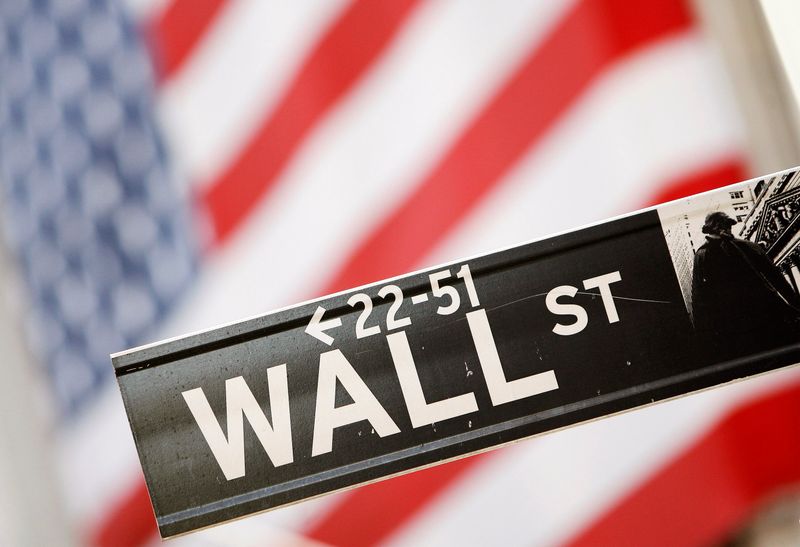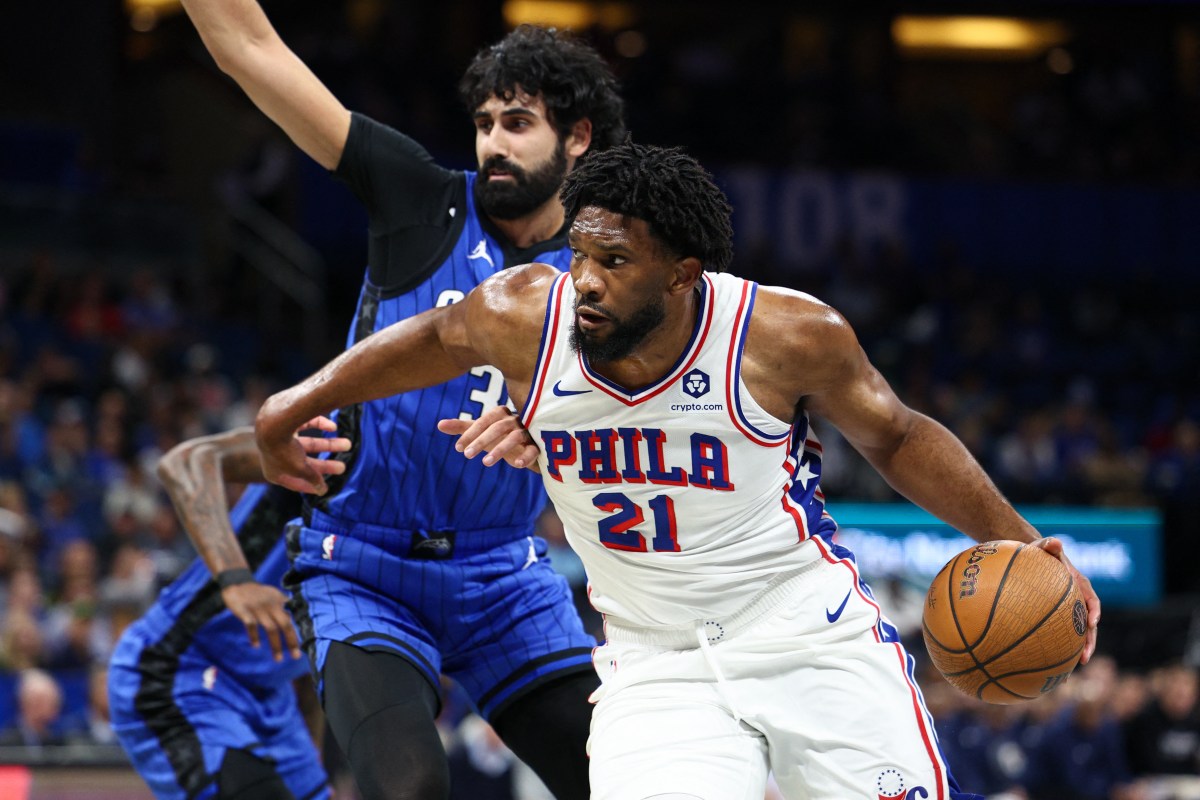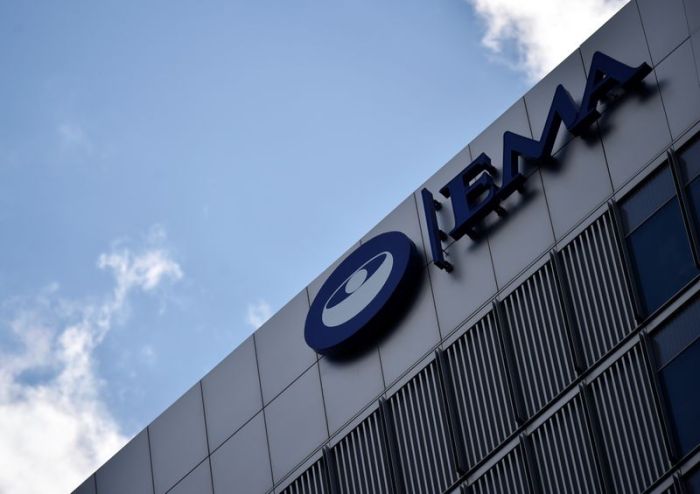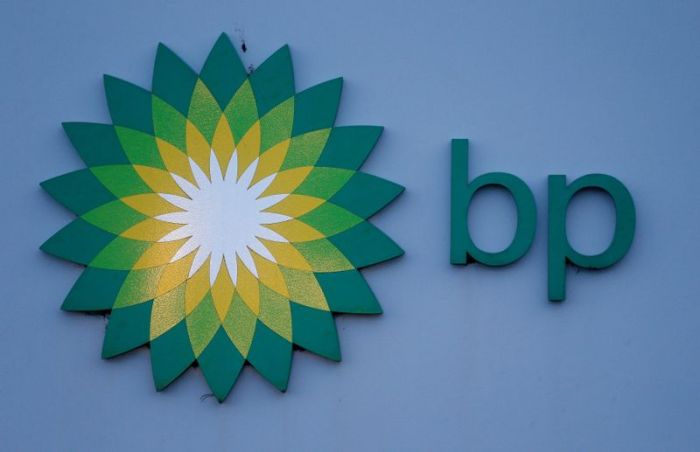NEW YORK (Reuters) – The S&P 500 posted a nominal gain on Friday as further clarity regarding the timeline for the development of a coronavirus vaccine and much better-than-expected retail sales data brought buyers back to the market.
The Dow also joined the S&P in positive territory, both indexes snapping a three-day losing streak driven by halted vaccine trials and continued wrangling in Washington over a new pandemic relief package. But the Nasdaq ended the session lower.
Even so, they all posted gains on the week.
Pfizer Inc announced it could apply for U.S. authorization for the COVID-19 vaccine it is developing with German partner BioNTech in November. Pfizer’s stock gained 3.8%.
“The two highest-level market movers are the vaccine timeline and stimulus optimism,” said Ross Mayfield, investment strategist at Baird in Louisville, Kentucky. “Sometimes the market gets a reality check that even if we get a vaccine early next year that’s an incredibly aggressive and optimistic timeline.”
Retail sales in September blew past analyst expectations and consumer sentiment for the current month surprised to the upside, according to two separate economic reports. But with previous stimulus having run its course, the outlook is uncertain unless Washington can reach an agreement on a fresh round of fiscal aid.
“It’s important from the retail sales data to see that the consumer is not just limping a long but exceeding expectations,” Mayfield added. “I don’t know how long this can continue without stimulus but it’s heartening to see the consumer has held up pretty well despite some dire expectations.”
On the stimulus front, U.S. Treasury Secretary Steven Mnuchin told House Speaker Nancy Pelosi that President Donald Trump would “weigh in” with Senate Majority Leader Mitch McConnell if an agreement is reached on a new pandemic relief package. House Republican leader Kevin McCarthy, however, said he does not expect an agreement to be reached ahead of the Nov. 3 election as long as Pelosi is involved.
The Dow Jones Industrial Average rose 112.11 points, or 0.39%, to 28,606.31, the S&P 500 gained 0.47 points, or 0.01%, to 3,483.81 and the Nasdaq Composite dropped 42.32 points, or 0.36%, to 11,671.56.
Of the 11 major sectors in the S&P 500, seven ended the session in the black. While utilities had the largest percentage gain, energy suffered the biggest loss.
Third-quarter reporting season burst from the starting gate this week, with 49 of the companies in the S&P 500 having reported. Of those, 86% have cleared the low bar set by expectations, according to Refinitiv.
Oil services company Schlumberger NV posted its third straight quarterly loss due to falling crude prices and plunging demand. Its shares dropped 8.8%.
Railroad operator Kansas City Southern shed 2.7% and transportation and logistics company J.B. Hunt Transport Services Inc tumbled 9.7% after the companies’ quarterly results were hit dropping shipping demand.
The Dow Jones Transport index, considered a barometer of economic health, fell 1.3%.
Shares of fitness company Peloton Interactive Inc lost 3.7% after announcing a recall of faulty pedals on its popular exercise bikes.
Declining issues outnumbered advancing ones on the NYSE by a 1.30-to-1 ratio; on Nasdaq, a 1.07-to-1 ratio favored decliners.
The S&P 500 posted 50 new 52-week highs and no new lows; the Nasdaq Composite recorded 98 new highs and 20 new lows.
Volume on U.S. exchanges was 8.82 billion shares, compared with the 9.31 billion average over the last 20 trading days.
(This story has been refiled to remove extra word in paragraph one.)
(Reporting by Stephen Culp; Editing by Marguerita Choy)

























